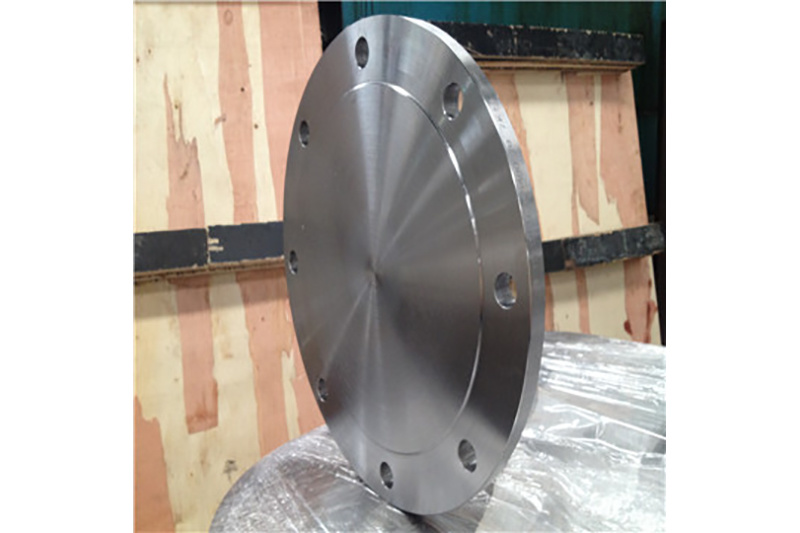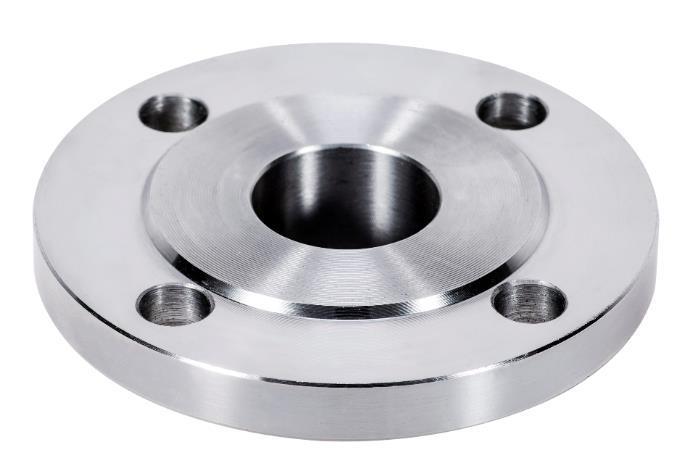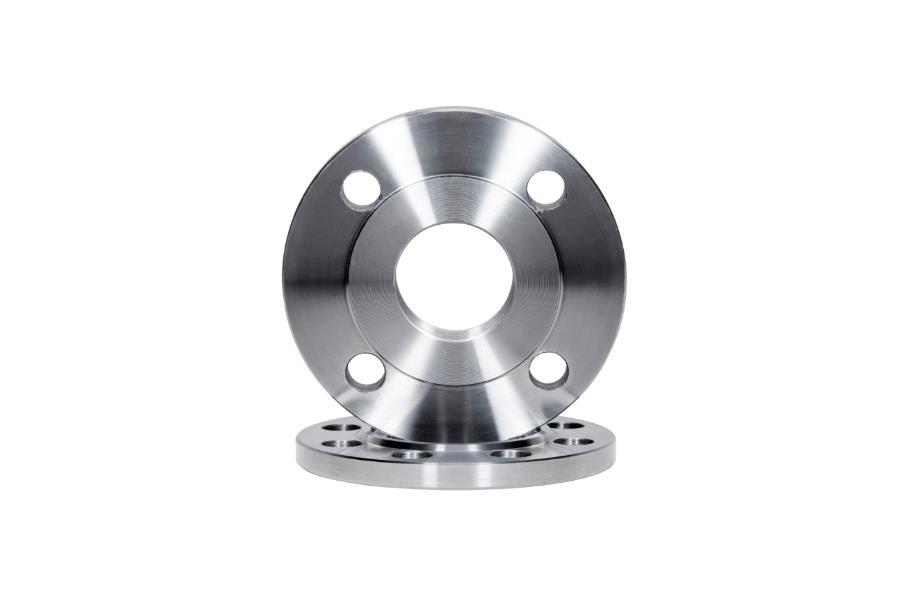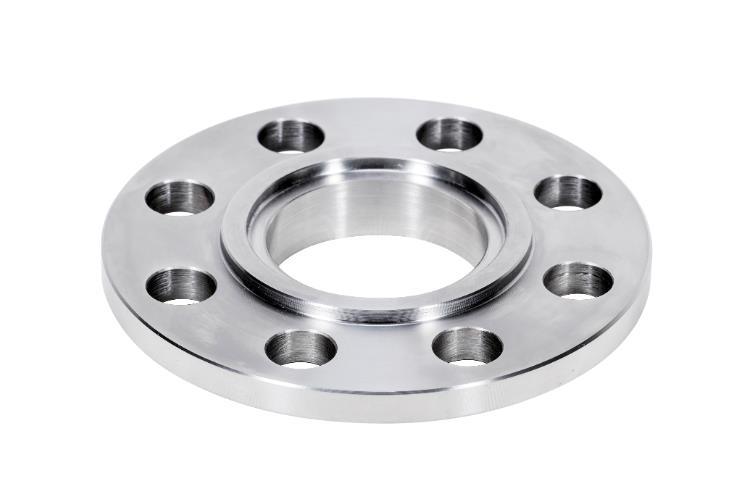The main function of the flange!
Release time:
2021-03-05
The function of the flange is to fix and seal the connection of the pipeline. The flange, also known as a flange or rim, is a part that connects pipes to each other. It is connected to the pipe end, and the flange has holes that can accommodate bolts, allowing the two flanges to connect more tightly. A flange connection consists of a pair of flanges, a gasket, and several nuts. Flange connections are very convenient to use and can withstand considerable pressure, making them widely used in industrial pipelines. However, in household life, the diameter of household pipes is relatively small, and the pressure is also lower, so flange connections are generally rare.
FlangeThe function of the flange is to fix and seal the connection of the pipe. The flange, also known as a flange or rim, is a part that connects pipes to each other. It is connected to the pipe end, and there are holes on the flange that can accommodate bolts, allowing two flanges to connect more tightly. The flange connection consists of a pair of flanges, a gasket, and several nuts.FlangeThe connection is very convenient and can also withstand greater pressure. It is widely used in industrial pipelines, but in household life, the diameter of household pipes is relatively small, and the pressure is also lower, so flange connections are generally rare.

FlangeIt is a part used to connect pipes, fittings, or equipment, and there are also flanges used on the inlet and outlet of equipment, for connecting two devices, such as a reducer flange. The flange connection is a removable sealing structure formed by the mutual connection of flanges, gaskets, and bolts. Each is first fixed on one flange, then a flange gasket is placed, and tightened together with bolts, thus completing the flange connection.
FlangeThe connection is relatively convenient and can withstand greater pressure. In industrial pipelines, the use of flange connections is very common. In households, the pipe diameter is usually relatively small and is low pressure, so flange connections are not seen. However, in a boiler room or production site, flange-connected pipes and equipment can be seen almost everywhere.

Previous
Previous
Latest developments
The Connection Between Japanese Standard Flanges and Sustainable Construction
The Connection Between Japanese Standard Flanges and Sustainable Construction Table of Contents 1. Understanding Japanese Standard Flanges 2. The Importance of Sustainable Construction 3. Key Features of Japanese Standard Flanges 3.1 Material Composition and Environmental Impact 3.2 Precision Engineering and Quality Assurance 4. How Japanese Standard Flanges Promote Sustainability 4.1 Energy Effic
Understanding American Standard Flanges: Essential Components in Construction and Decoration
American standard flanges are integral fittings used to connect two sections of piping or to connect piping to other components such as valves and pumps. Their design complies with specific standards established by the American National Standards Institute (ANSI), ensuring compatibility and reliability across various applications. These flanges are widely utilized in plumbing, heating, and various
Threaded Flanges vs. Welded Flanges: Which Is Better for Your Needs?
Threaded Flanges vs. Welded Flanges: Which Is Better for Your Needs? When it comes to piping systems, the choice between threaded flanges and welded flanges can greatly influence the performance, durability, and overall quality of your installations. Understanding the characteristics of each type can help you make an informed decision tailored to your specific requirements. In this article, we wil
Understanding Flanged Connections in Construction and Decor Materials
Flanged connections are mechanical joints that consist of two flanges, bolted together to create a tight seal. These connections are essential in the construction and decorative materials industry, especially in plumbing and piping systems where fluid transport is critical. The choice of flanged connections can significantly affect the integrity and efficiency of piping systems, making it vital fo
Sliding Flanges: The Key to Flexible Pipe Systems in Architecture
Sliding Flanges: The Key to Flexible Pipe Systems in Architecture In the ever-evolving landscape of architectural design and infrastructure, the need for flexibility and adaptability has never been more paramount. Among the various components that facilitate this flexibility, sliding flanges stand out as crucial elements in pipe systems. They enable efficient connections and adjustments, ensuring
Understanding High Neck Flanges: Essential Components in Construction and Decoration
High neck flanges, a specialized type of flange, are designed with an extended neck that provides additional height. This design not only facilitates an increased surface area for welding but also assists in alignment, making them ideal for various applications in piping systems. The extended neck allows for a better connection to pipes and creates a more robust sealing surface, reducing the risk









